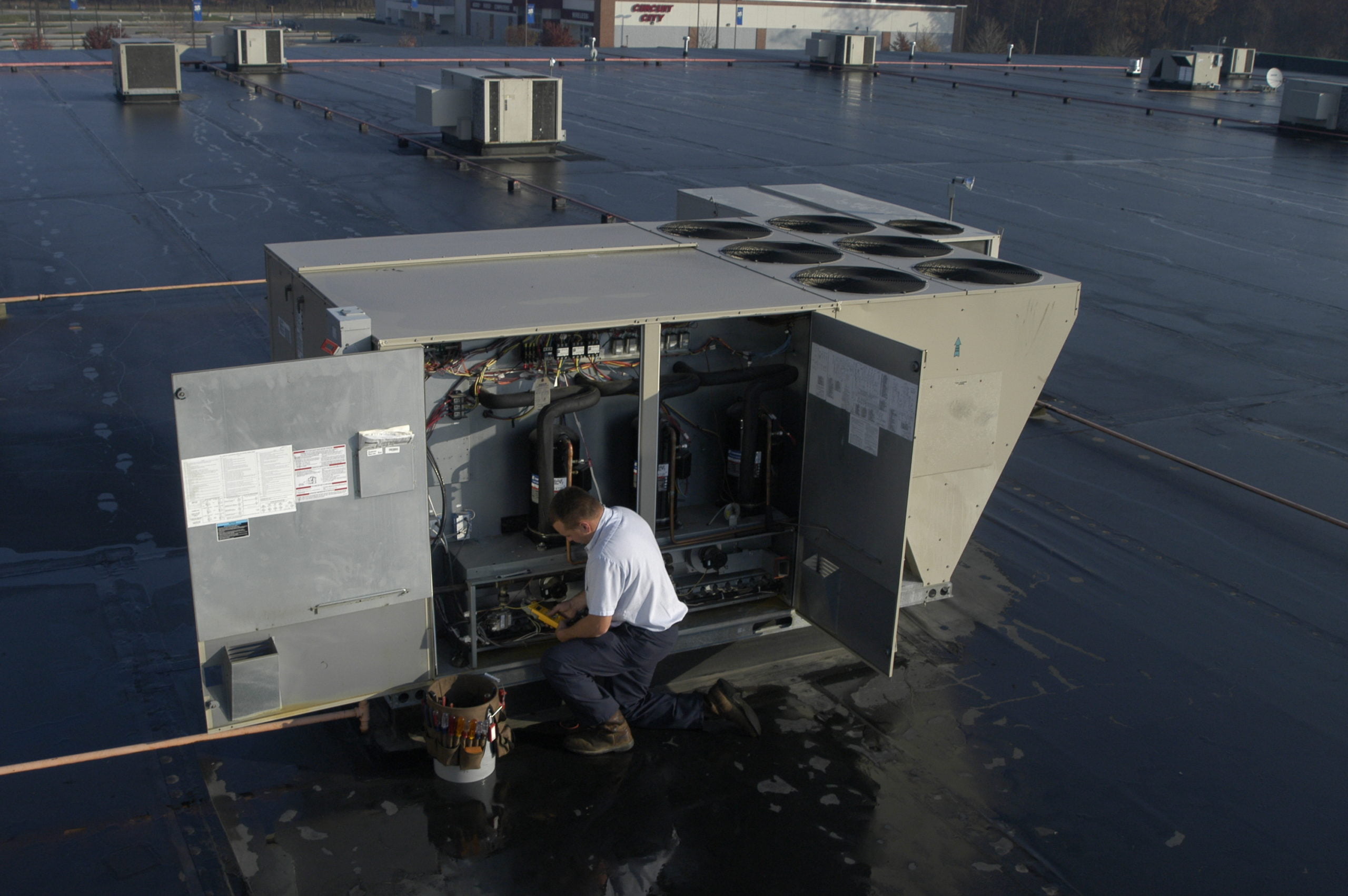If you’re a Facilities Manager you have a full plate. You’re expected to keep your facility in top running order to ensure maximum comfort and production. But there’s always something in your building or campus that needs to be repaired or replaced. You assign maintenance tasking, track repair work orders, and manage work orders.In addition to figuring out the priorities of what to tackle, you’re probably also responsible for at least part of the budget to do that. That means you need to keep abreast of in-house or contracted labor, and the parts and materials required for repair and maintenance.
Having a good grip on the operational costs and efficiency of existing equipment is key to staying on top of those things. If you have solid, reliable information, you can make better informed decisions about what needs to be done when—and you’ll be better prepared when presenting options to your building’s owners about when it makes sense to repair or replace obsolete equipment.
Keep in mind that only 25 percent of an asset’s cost occurs at time of installing that asset in your building. The remaining 75 percent of an asset’s cost is incurred over the life cycle of that asset. That’s something your C-level management needs to understand.
A Computerized Maintenance Management system (CMMS) can be an invaluable tool for providing you with good asset data and a way to track both internal costs from employees and external costs from vendors.
Many facilities managers rely on outside trusted advisors and experts to help them implement CMMS systems that allow them to survey their building assets and organize the information in ways that make sense for them—whether that’s with a picture, by type, size, model, serial number, age, parts required for maintenance, or remaining useful life.
A good system will also allow you to ascertain the general condition of each asset and check the budgeted repair costs, or look at deferred maintenance and repairs that are coming due.
You’ll be in a better position to make a repair-versus-replacement recommendation so that owners can better budget capital improvement costs.
Why is it so important to track all assets? General wisdom suggests that you only need to replace old assets. While that’s often the case, the reality is that you may have newer assets that are economically obsolete because of poor design, improper installation, abuse (due to extreme environments), or have been poorly maintained or neglected. That’s why it’s important to identify every asset in order to maximize efficiency.
Solid and reliable information and analytics are the keys to making informed decisions and recommendations to C-level staff.
Good information results in good decisions. Make sure you have the systems in place to accurately assess all the assets your facility relies on.




